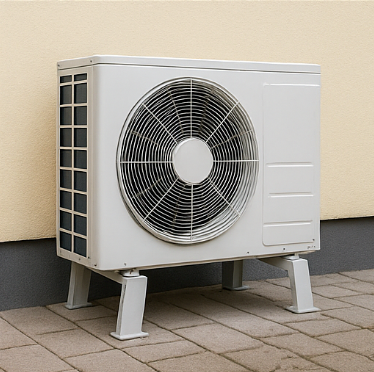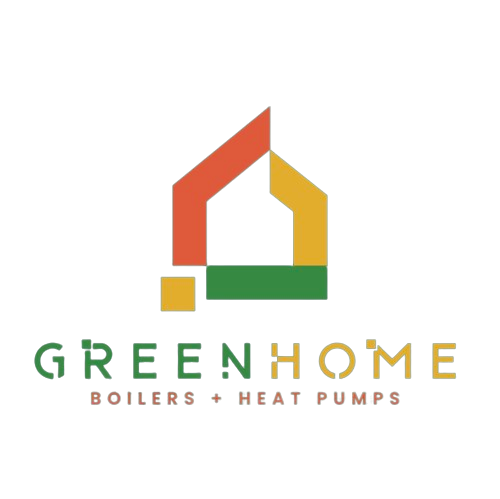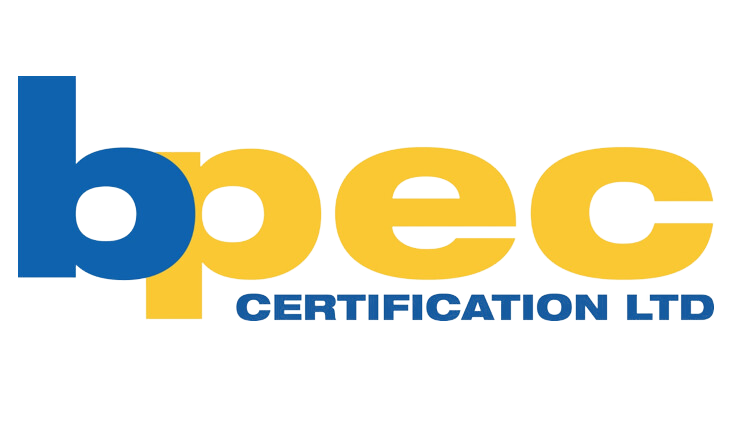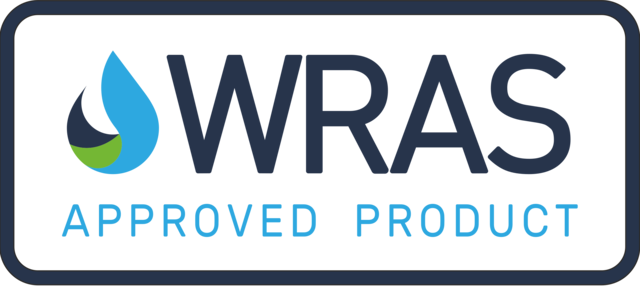Choosing the Right Air Source Heat Pump: Understanding Your Options
Air source heat pumps are already known for their energy efficiency, but with a few smart strategies, you can further optimise their performance and reduce your energy bills. Whether you're a new user or have relied on this eco-friendly heating solution for years, these tips will help you make the most of your system.
Optimal Temperature Settings
One of the easiest ways to save energy is by setting your thermostat wisely. In winter, aim for a temperature around 68°F (20°C) during the day and lower it by a few degrees at night or when you're away. Set your cooling temperature in summer to about 78°F (26°C). Every degree of adjustment can lead to significant energy savings over time.
Regular Maintenance Matters
Keeping your air source heat pump in top condition is crucial for energy efficiency. Schedule annual professional maintenance to ensure all components are working optimally. Between these check-ups, make it a habit to clean or replace filters monthly. Clean filters allow for better airflow, reducing the strain on your system and lowering energy consumption.
Smart Use of Supplementary Heating
Many heat pumps come with supplementary electric heating for extremely cold days. While this backup is useful, it's also energy-intensive. To maximise efficiency, avoid using this feature unless necessary. Instead, consider using extra layers of clothing or blankets during cold spells.
Optimize Your Home's Insulation
Your heat pump works best in a well-insulated environment. Inspect your home for air leaks around windows, doors, and other openings. Seal these gaps to prevent heat loss in winter and heat gain in summer. Adding insulation to your attic, walls, and floors can improve your heat pump's efficiency.
Harness Natural Heat Sources
Take advantage of natural heat sources to complement your heat pump. During winter, open curtains and blinds on south-facing windows during the day to let in sunlight and natural warmth. Close them at night to retain the heat. In summer, do the opposite to keep your home cooler naturally.
Use Programmable or Smart Thermostats
Invest in a programmable or smart thermostat compatible with your heat pump. These devices allow you to create heating and cooling schedules that align with your daily routines, ensuring you're not wasting energy while asleep or away from home. Some smart thermostats can even learn your preferences and adjust settings automatically for optimal comfort and efficiency.
By implementing these energy-saving tips, you can enhance the performance of your air source heat pump, reduce your carbon footprint, and enjoy lower energy bills. Remember, small changes in your habits can lead to substantial savings over time.












